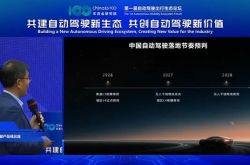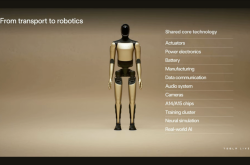MWC Communication Revolution: Embracing AI, Maturing 5G-A, and the Emerging Shadows of 6G
![]() 03/04 2025
03/04 2025
![]() 604
604
MWC 2025 has commenced in Barcelona, with the LeTech reporting team providing comprehensive coverage. Amidst the maturation of 5G-Advanced (5G-A) and the looming presence of 6G, coupled with the profound impact of AI, MWC 2025 showcased significant advancements from leading mobile communication and chip manufacturers such as Huawei, ZTE, MediaTek, and Qualcomm.
Qualcomm: X85 Modem Hits the Market, Targeting Industrial Scenarios
As a global leader in mobile communication and chip technology, Qualcomm unveiled several groundbreaking products at MWC, including the Qualcomm X85 5G Modem-RF, a new-generation 5G Modem-to-Antenna solution. The X85 Modem supports 400MHz uplink and downlink carrier aggregation in the Sub-6GHz band, introduces Turbo DSSA technology for dual SIM dual standby with simultaneous data, and boasts a downlink peak rate of up to 12.5Gbps.
Integrated with an AI Tensor accelerator optimized for 5G and 5G-A, the X85 enhances AI inference speed by 30% and improves AI data flow engines, enhancing Over-The-Top (OTT) voice and video calls. Companies like China Mobile, China Telecom, China Unicom, Google, and KDDI have publicly supported the X85 Modem, signaling a collaborative effort towards the commercial deployment of 5G-A.
Qualcomm also introduced the fourth-generation Snapdragon X85-integrated platform, tailored for industrial, embedded IoT, and network infrastructure scenarios, offering enhanced network connectivity for fixed devices. In partnership with IBM, Qualcomm aims to extend enterprise-grade generative AI from the cloud to the edge, leveraging 5G-A and AI technology.
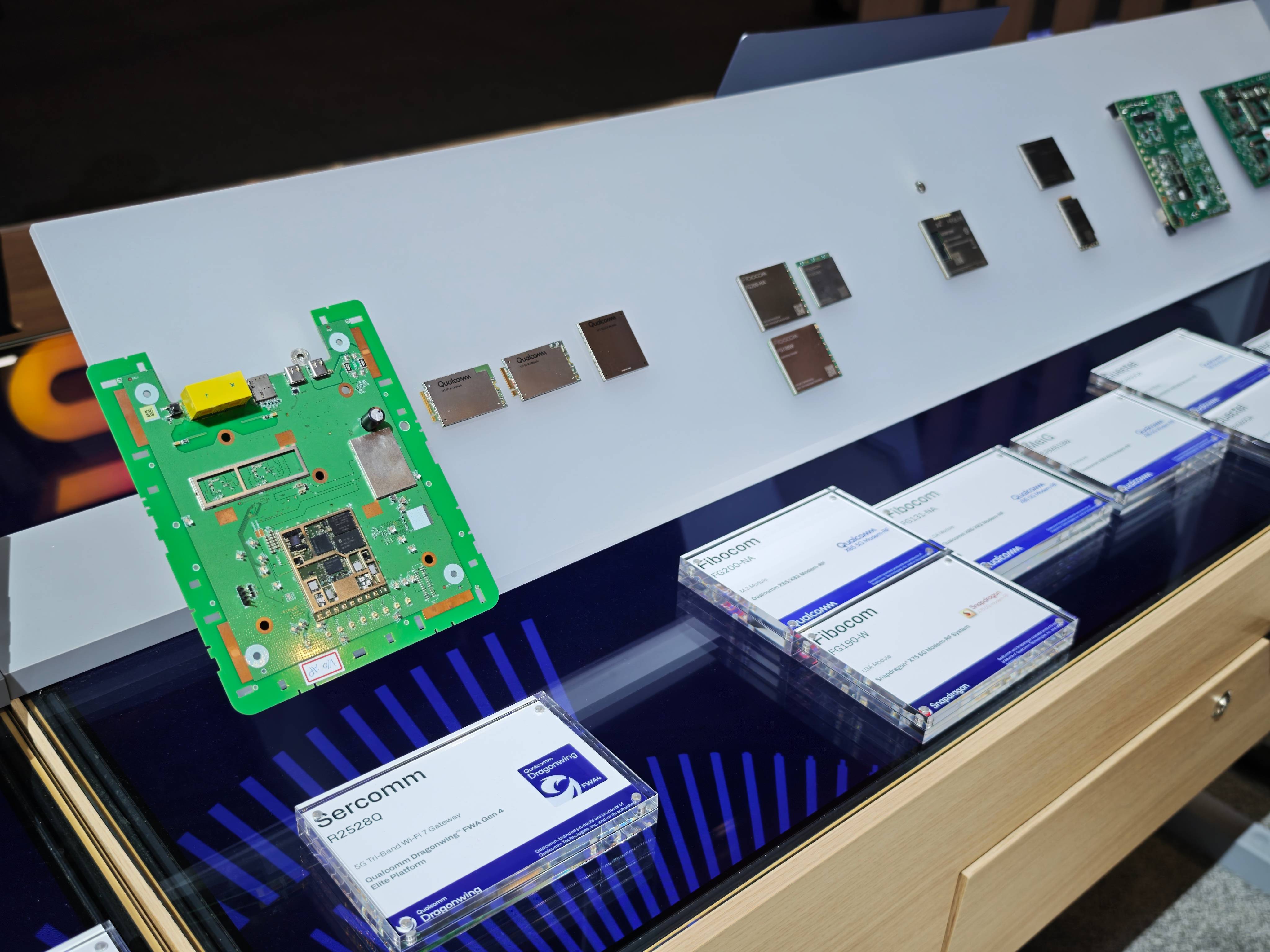
(Image source: LeTech production)
Regarding 6G, John Smee, Qualcomm's Senior Vice President of Engineering, stated that 6G standardization will commence in 2025, with Qualcomm committing significant resources to 6G technology research and development, particularly supporting the FR3 band.
While Qualcomm focused primarily on 5G-A, emphasizing B-end scenarios and leveraging millimeter-wave broadband for higher data throughput, their commitment to 6G underscores a forward-looking approach to future communication needs.
MediaTek: 5G-A Direct Connection to Low-Orbit Satellites Shines
MediaTek introduced the M90 modem, specifically designed for 5G-A, offering a downlink rate of 12Gbps, support for Sub-6GHz and millimeter-wave bands, and UltraSave technology that reduces power consumption by 18%. The M90 modem integrates AI capabilities to optimize power consumption, latency, and device detection, enhancing the overall connection experience.
MediaTek also showcased its "edge cloud" technology, integrating Radio Access Networks (RANs) across devices to achieve "cloud-edge-terminal intelligence integration," a crucial component of the 6G era. Their Non-Terrestrial Network (NTN) technology allows direct device connection to OneWeb low-orbit satellites via the Ku band, highlighting MediaTek's foray into satellite communication.
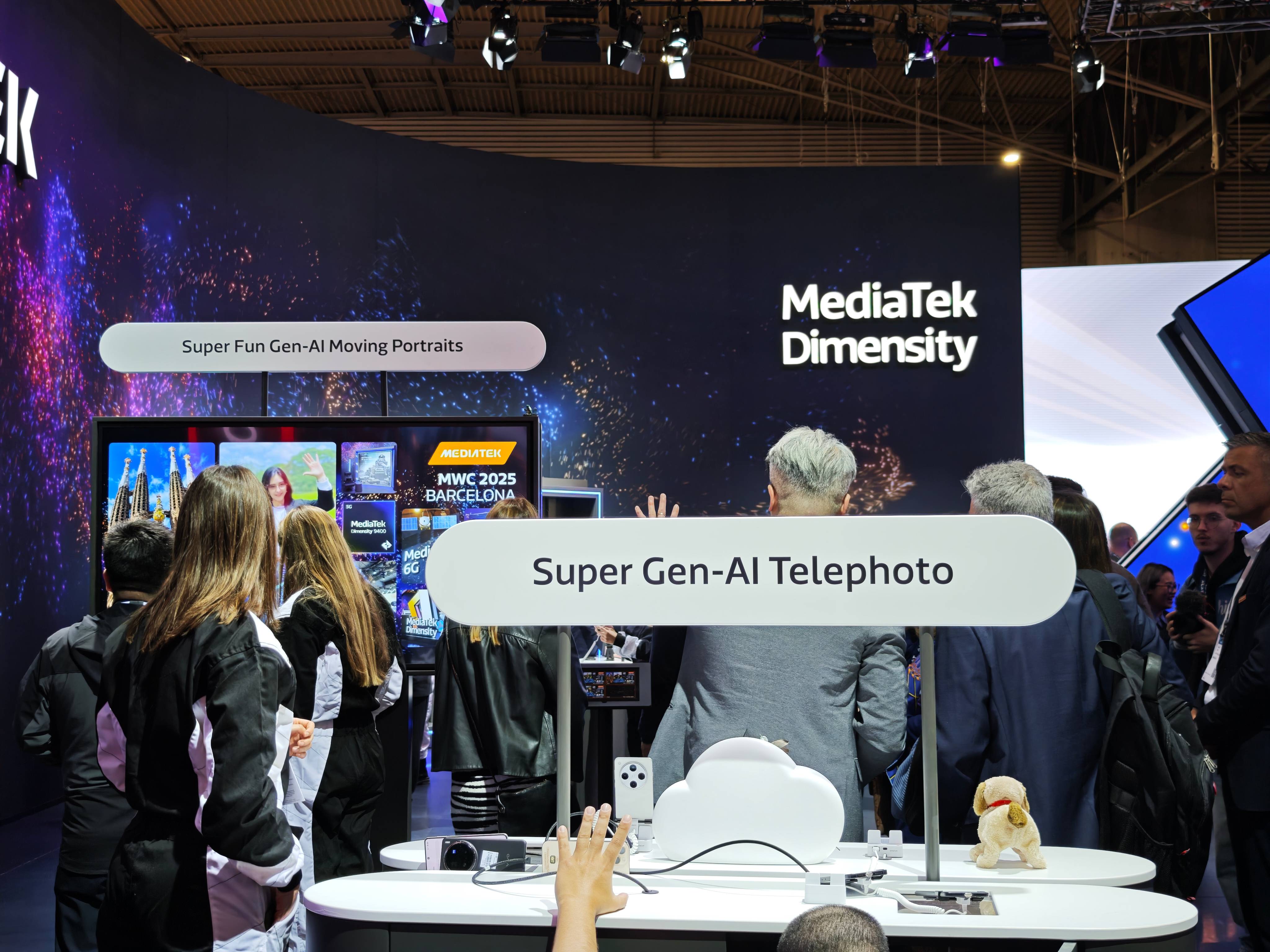
(Image source: LeTech production)
While MediaTek has not disclosed much about 6G, their proposed edge cloud solution addresses communication challenges in the AI era, enabling data localization, higher bandwidth, and reduced latency, fostering distributed computing for B-end users.
China Mobile: AI-Driven Network Connections
China Mobile, a Chinese communication giant, unveiled multiple 5G-A innovations at MWC, including a downlink three-carrier aggregation solution that enhances transmission rates and system capacity, paving the way for industries like naked-eye 3D, high-definition video, and cloud gaming.
China Mobile introduced intelligent network elements like NWDAF and AM-PCF to create a "Core Network Intelligent Control Plane," utilizing AI for real-time service identification, user experience perception, intelligent decision-making, and resource optimization.
For 6G, China Mobile is exploring the development of a 6G open experimental service system supporting the Sub 7GHz band, increasing network bandwidth and speed with a peak single-user rate of up to 6.43Gbps. Leveraging millimeter-wave technology, China Mobile's 6G network will achieve sub-meter-level collaborative sensing accuracy.
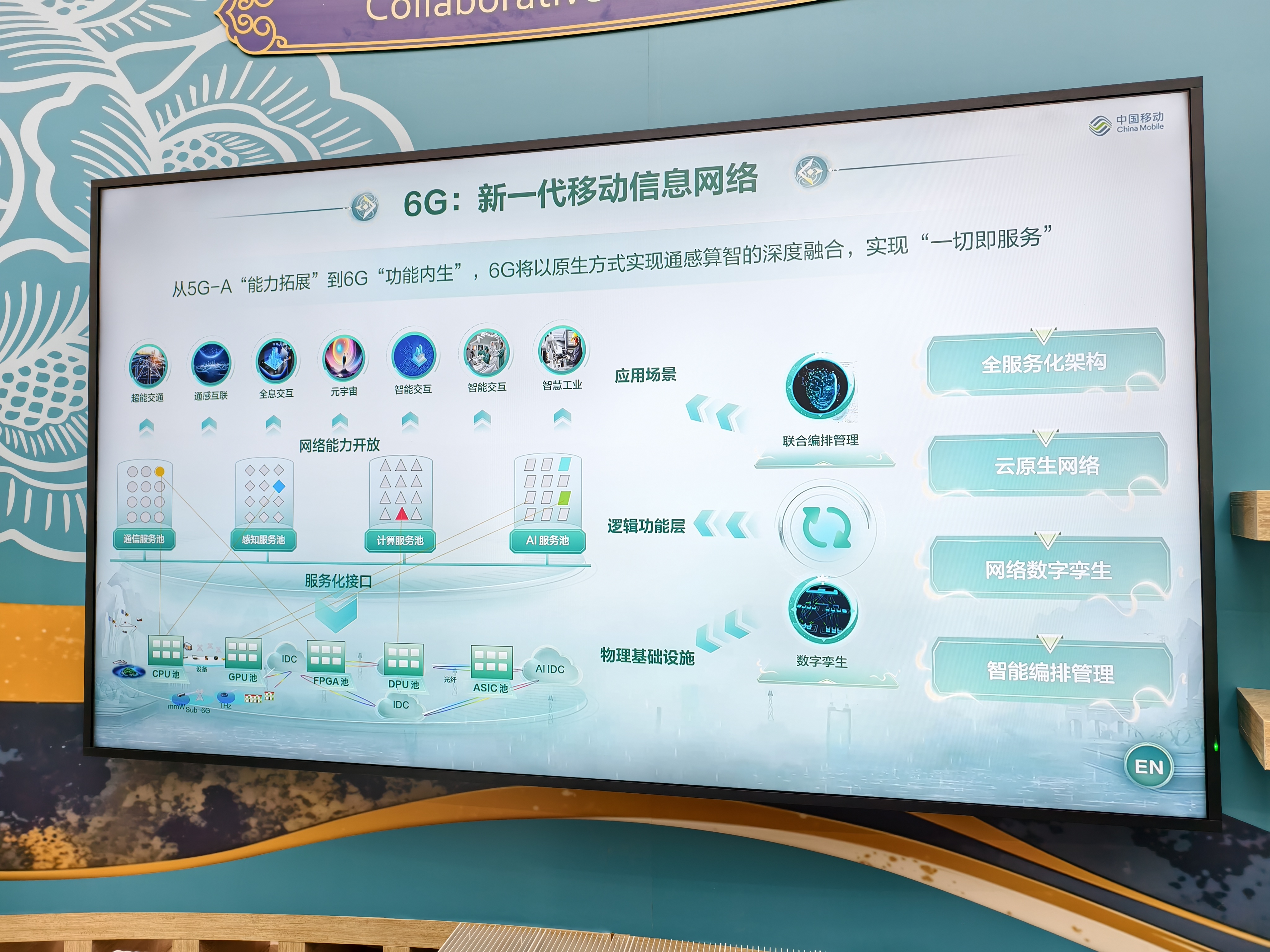
(Image source: LeTech production)
At MWC 2025, China Mobile emphasized "AI+," with General Manager He Biao stating that "AI+" accelerates information consumption, industrial system transformation, intelligent decision-making, and emerging technology breakthroughs, fostering an "AI+" ecosystem supported by 5G-A network connections.
The integration of AI and communication at MWC 2025 underscores a trend towards autonomous learning and intelligent resource allocation, enhancing network performance and user experience while optimizing resource utilization and reducing operational costs.
Huawei: Integrating AI and 5G-A for Enhanced Work Efficiency
At MWC 2025, Huawei, a leading communication service provider, introduced a full-scenario 5G-A solution integrated with AI, infusing wireless networks with intelligent capabilities.
Huawei's M-MIMO series adopts a multi-frequency integration solution, offering efficient coverage and minimal deployment. The Ambient Site solution enables remote site information acquisition and regulation, while the AI-Centric 5G-A architecture realizes intention-driven networking, supporting coordinated resource scheduling and ensuring user experience, all while promoting energy conservation.
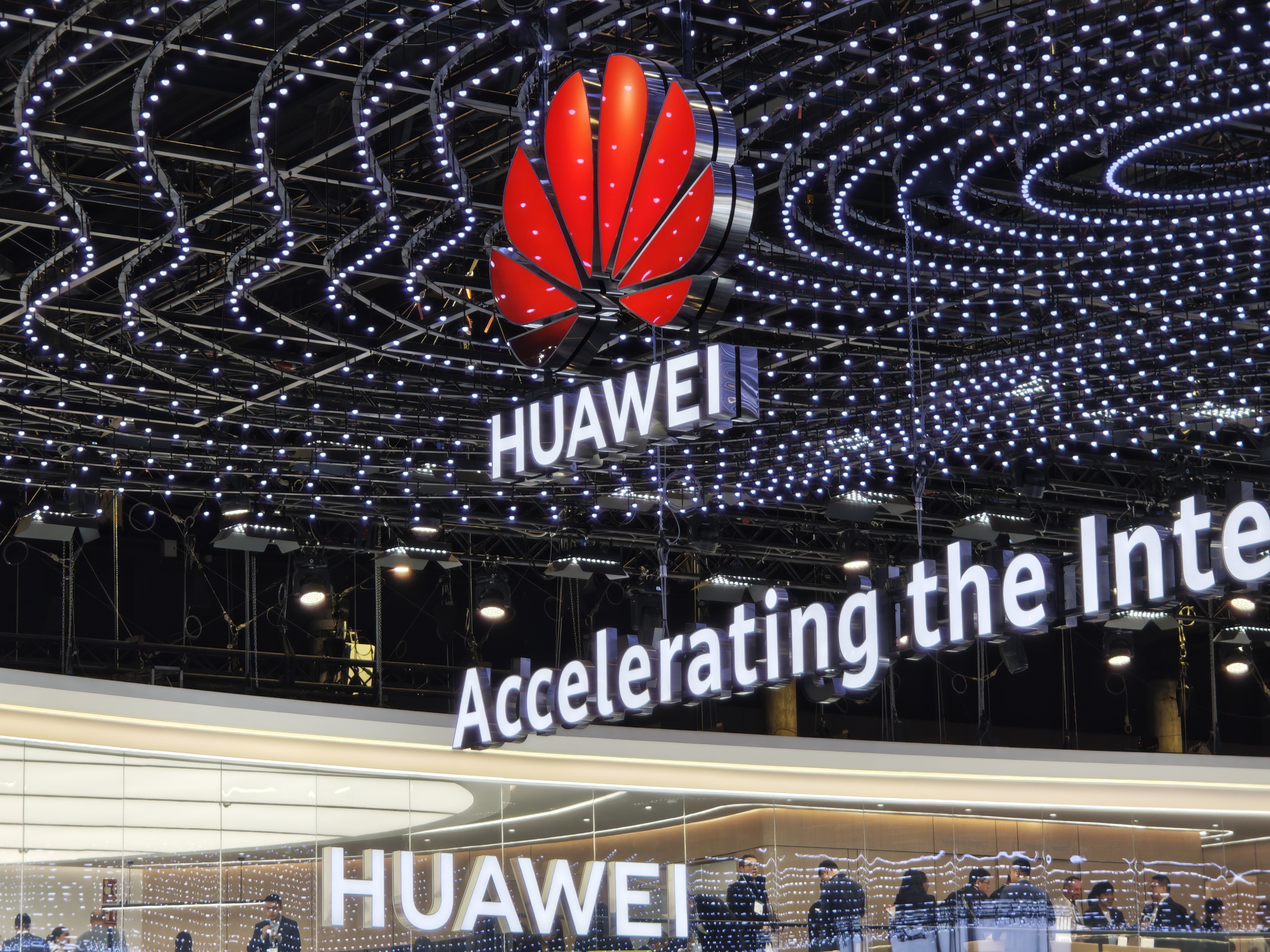
(Image source: LeTech production)
Huawei also unveiled the AI-Centric Network solution, which intelligently regulates routing and network resources through deep AI-network coordination, enhancing enterprise operation and maintenance efficiency and user experience in complex scenarios.
Huawei's approach aligns with China Mobile's, combining AI with 5G-A to optimize next-generation networks and support diverse communication needs in the AI era.
Domestic Giants Dominate MWC, Network AI Trend is Clear
MWC 2025 featured numerous mobile communication and chip companies, including China Unicom and Unisoc, showcasing new technologies and solutions. Several trends emerged from the event:
1. AI Integration Across All Domains: AI was a common thread in new product and technology announcements, focusing on intelligent network resource regulation and B-end scenario integration for edge clouds and refined operations.
2. 5G-A's Core in B-end Scenarios: Despite minimal impact on daily life, 5G and 5G-A's primary applications lie in B-end scenarios, transforming industrial production and operation models with low latency and high bandwidth, supported by technologies like millimeter waves and AI.
3. 6G's Distant Horizon: While major companies have announced 5G-A and AI advancements, 6G remains in the exploration phase, with standardization projects only now commencing. The true form and necessity of 6G networks remain uncertain.
In the long run, the evolution towards 5G-A may persist, with ongoing upgrades in communication networks, as the integration of AI and communication continues to shape the future of technology.

